 |
|
Office:
AR 315
Calendar |
|
Home
Detection of z > 2 supernovae
I pioneered a technique to detect supernovae in very high redshift
(z > 2) Lyman break galaxies by exploiting the
exceptional properties of type IIn supernovae
(Cooke 2008).
Our detections are probing 10 - 12 billion years into the
past and only 1 - 3 billion years after the Big Bang.
Most type IIn supernova are the deaths of very massive stars (likely
to be 30-80 times the mass of the Sun). These stars burn their fuel
vigorously and experience mass-loss episodes where a large amount of
their outer envelope of material is blown into space in a supernova-like
eruption. This material then cools and forms a dense shell, or "cocoon",
of gas at a large radius around the star (termed circumstellar material).
The star finishes out its life and dies as a
core-collapse supernova.
When it explodes, the supernova crashes into the previously expelled
circumstellar material and lights it up. This results in a spectacularly
luminous event that is very luminous at ultraviolet wavelengths.
The excited dense circumstellar material also emits extremely luminous
narrow emission lines that remain bright for several years.
The ultraviolet light emitted by high redshift supernovae travels billions
of years on its journey to Earth and stretches as a result of
cosmological redshift
as the Universe expands during that time. The stretched
ultraviolet light then appears as optical light by the time it reaches
Earth and can be detected using sensitive optical instruments mounted on
ground-based telescopes, like the
LRIS instrument on
Keck.
Previously, core-collapse supernovae had not been detected beyond
z ~ 0.7 (about 7 billion years ago). Detections at
z ~ 2 (about 10 billion years ago), and greater, enable the measurement
of the high-redshift supernova rate during the epoch of peak star formation in
the universe. In addition, they provide a new avenue to explore the feedback
processes that affect galaxy formation and the enrichment of the
interstellar medium and
intergalactic medium.
Furthermore, the supernovae can be used as bright beacons to study their local
environment, their host galaxy's environment, and the intervening material in
the line-of-sight in a means similar to absorption systems in the line of sight
to quasars
and gamma ray bursts.
Finally, high-redshift type IIn supernova detections offer the tantalizing
possibility to measure the high-redshift stellar
initial mass function
directly for the first time.
I obtained deep spectroscopy of the first 12 z > 2
supernovae in the
Canada-France-Hawaii Telescope Legacy Survey Deep fields
(z = 1.9 - 3.3) using the
LRIS and
DEIMOS
instruments on the Keck
telescopes. The first two are presented in
(Cooke
et al. 2009) and the light curve for one is shown in the figure below.
Nine of the high-redshift supernovae show ultraviolet emission
lines intrinsic to type IIn supernovae resulting from circumstellar
interaction, with a few having strong Lyman alpha emission
(Cooke et al. 2013 in prep.).

Light curve
for a type IIn supernova at z = 2.013. This redshift means the event
occurred more than 10 billion years ago. The x-axis (days) is the
Modified Julian Date , showing the days numbered from July 2005 through
February 2006. The y-axis is the
apparent magnitude
of the supernova.
My technique and these data demonstrate the ability to detect, confirm,
and study supernovae at redshifts much higher than previously thought
possible, and not until the next decade with the advent of the next
generation of large-aperture telescopes such as
the Thirty Meter Telescope,
the Giant Magellan Telescope,
the European Extremely Large Telescope,
and The James Webb Space Telescope.
This research has opened the door to exploring the early Universe
during a very formative time for galaxies and when the first generation
of stars existed.
Click here to access the ADS link displaying a list of
articles describing this work and other research of mine.
|
|

Artist's conception of a type IIn supernova
The search for z ~ 2 type IIn
supernovae in the CFHTLS has spectroscopically confirmed 10
to date. The images directly to the right illustrate the
first step in finding these distant objects. Each frame shows
the same tiny section of a large one-square-degree image over
three consecutive years and is centered on a z ~ 2 galaxy
that was discovered to host a supernova. The frames consist of
an entire year's worth of images stacked together to better
reveal these faint objects.
The fourth image is the 2004 `subtraction' image with the
constant light from the galaxies subtracted away, revealing the
supernova. Deep spectroscopy with the Keck telescopes is used
to confirm their redshifts (z = 1.9 - 2.4) and study their
late-time emissin.
| ___________________________ 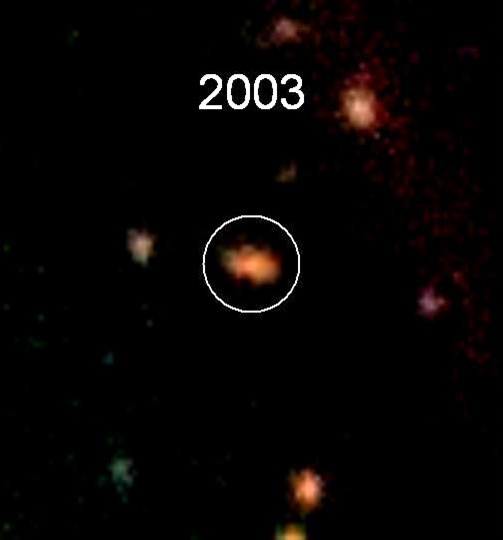 ___________________________ ___________________________ 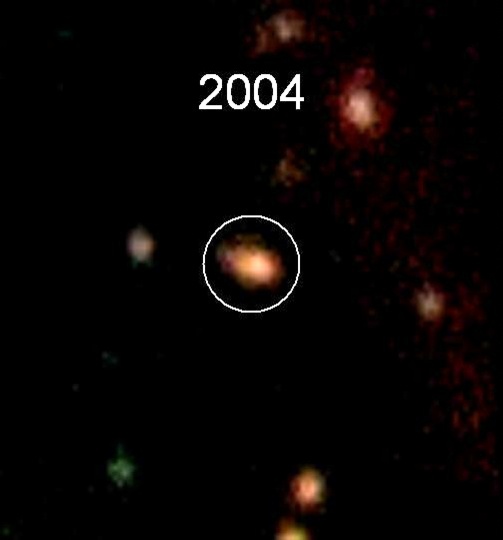 ___________________________ ___________________________  ___________________________ ___________________________  ___________________________ ___________________________
|
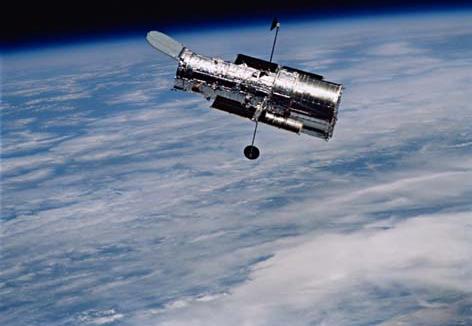
The Hubble Space Telescope
| The Milky Way can be seen, as well as two
of our closest companion galaxies, the Large and Small
Magellenic Clouds, in this long-exposure image of the 4
meter telescope at
the CTIO
located in the Southern Hemisphere (Chile). |
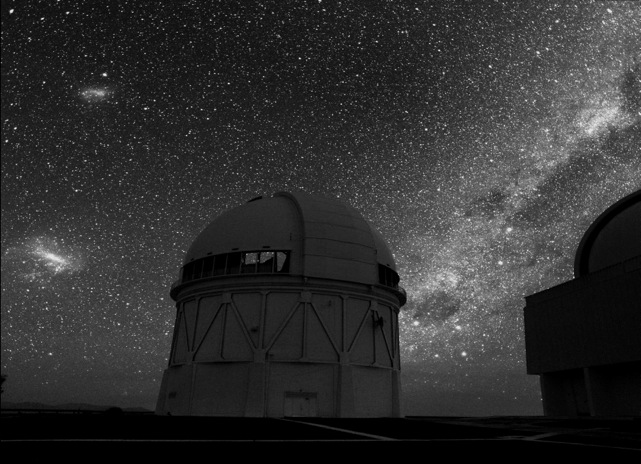 |
|




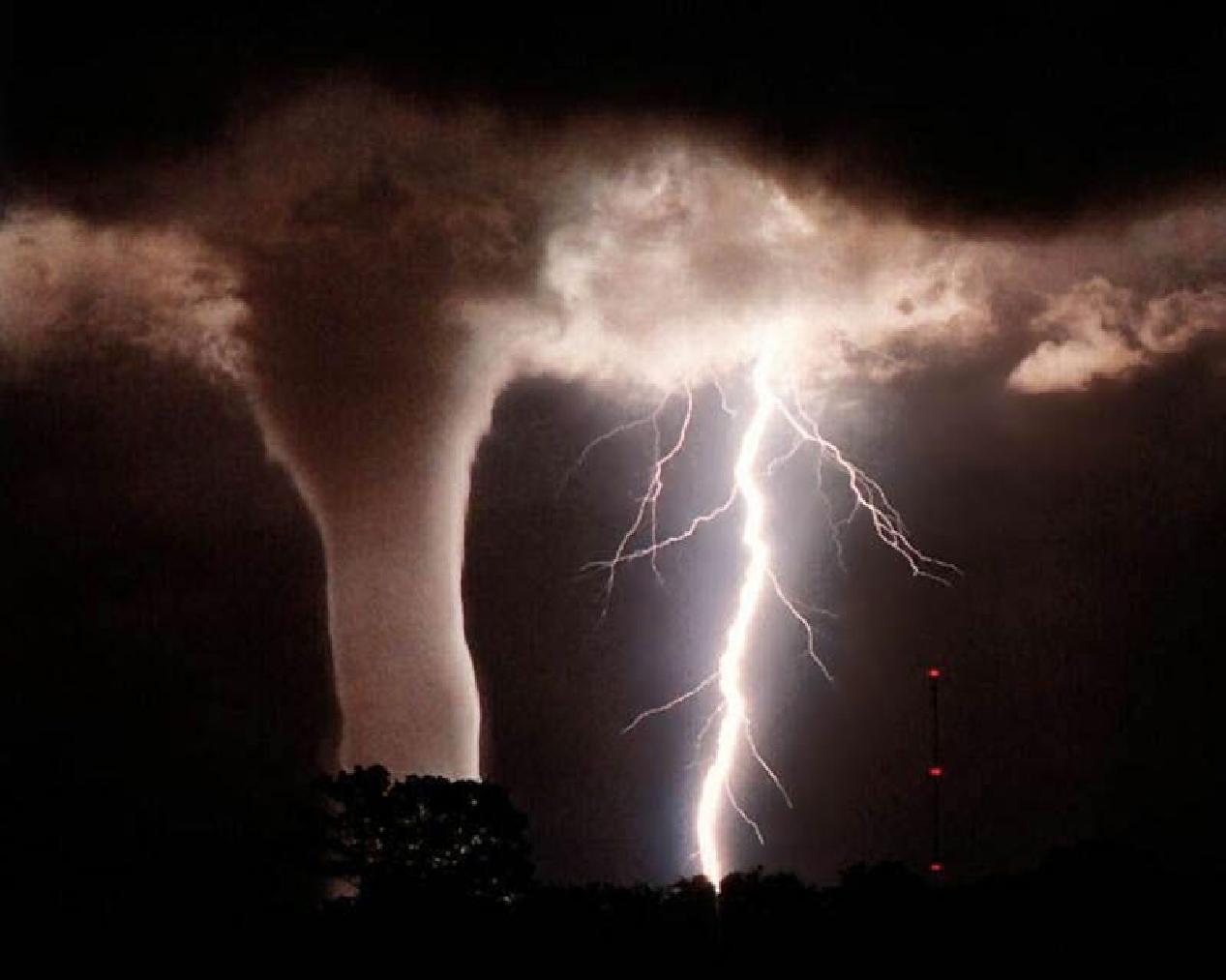





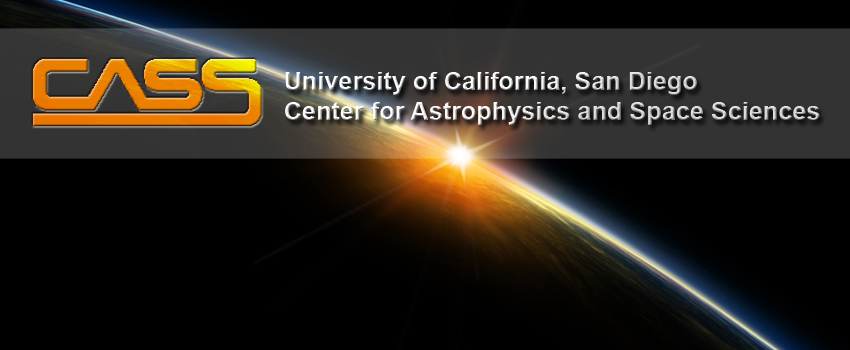
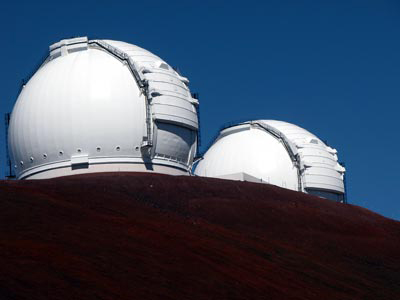
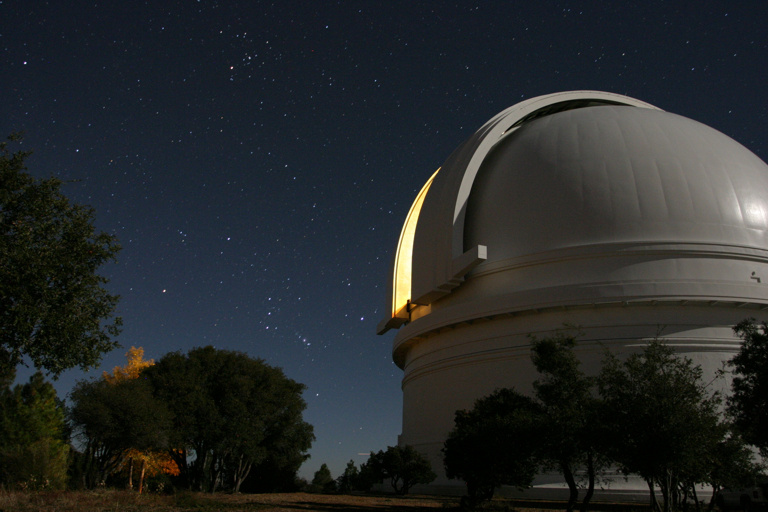


 ___________________________
___________________________  ___________________________
___________________________  ___________________________
___________________________  ___________________________
___________________________

